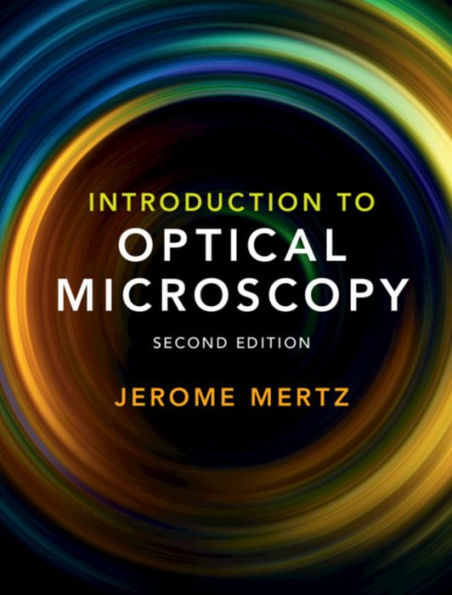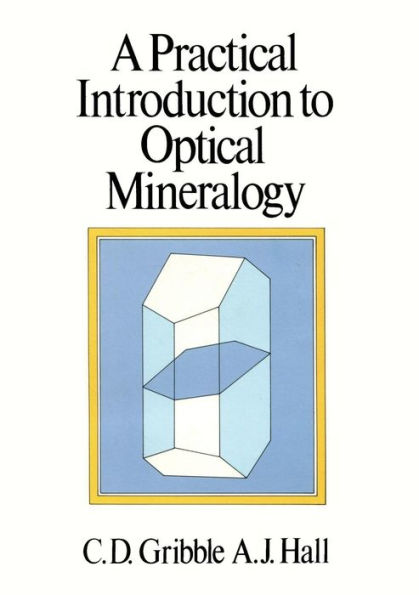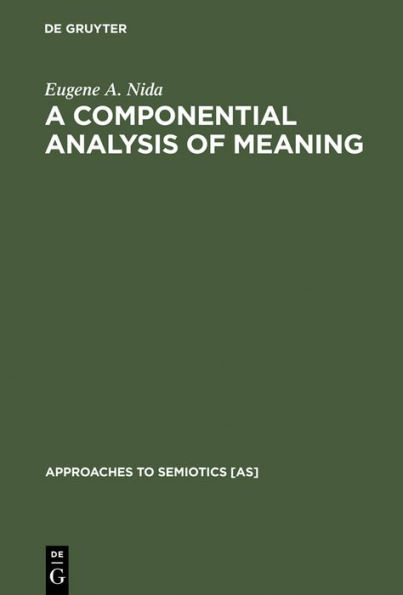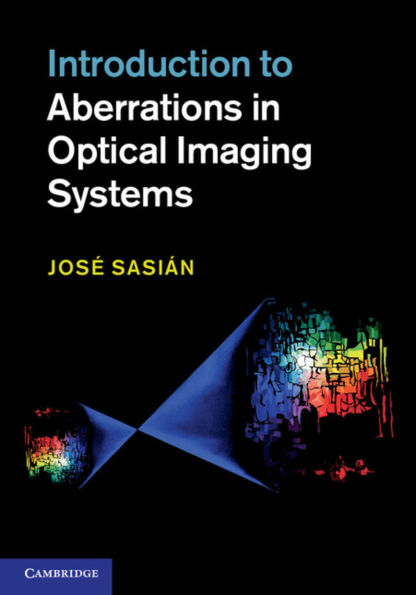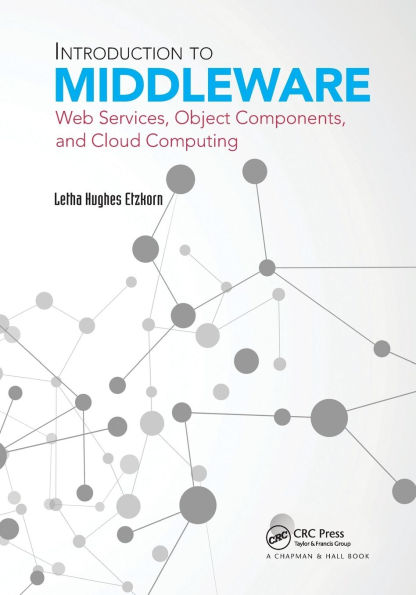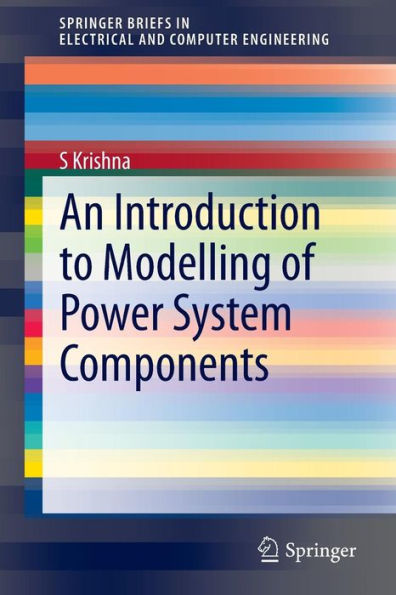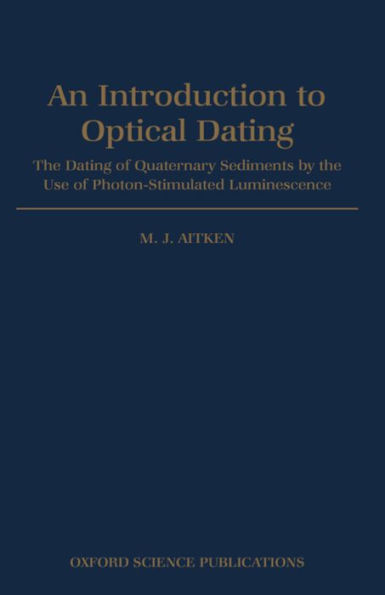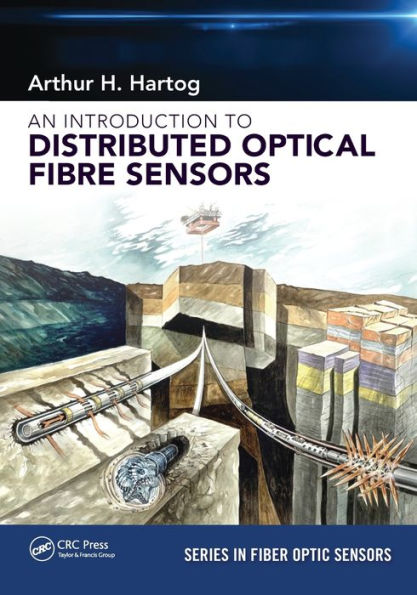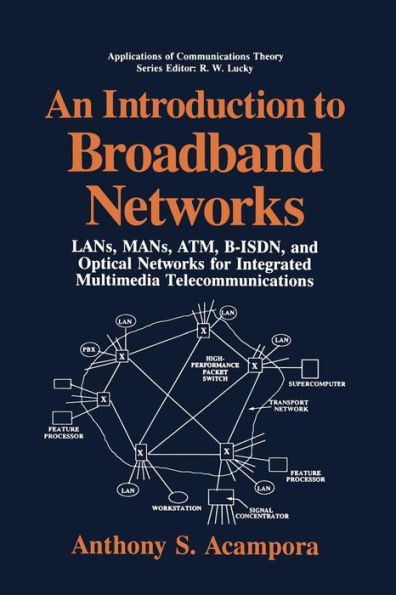Home
Introduction to Optical Components
Barnes and Noble
Loading Inventory...
Introduction to Optical Components in Franklin, TN
Current price: $66.99
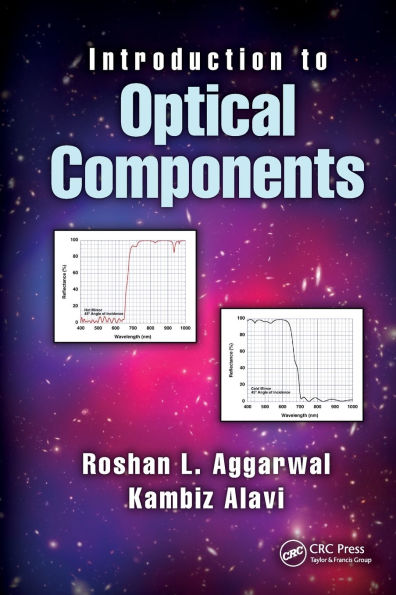
Barnes and Noble
Introduction to Optical Components in Franklin, TN
Current price: $66.99
Loading Inventory...
Size: Paperback
"This book provides a practical description of optics that satisfies the needs often encountered by some engineers in the practice of their profession. Optical components, including optical sources and detectors, have found their way into products that we buy for the house, and into industrial equipment. As a textbook, it provides an efficient tool for the student to gain in-depth knowledge of a subject, with homework problems to test and verify mastery of the subject."
—
Antonio Sanchez-Rubio
, MIT Lincoln Laboratory, Lexington, Massachusetts, USA
"This book covers all the experimental tools, described meticulously and with clear illustrations, which students will need to perform their experiments. I wish I had this book when I taught an optics course!"
A.K. Ramdas
, Purdue University, West Lafayette, Indiana, USA
This book provides readers with a brief introduction to optical components. Materials presented in this book prepare readers to deal with optical components in the areas of optics and optical technology.
Introduction to Optical Components
features nine chapters with topics ranging from lenses (materials, magnifiers, and cameras); mirrors (spherical, ellipsoidal, and aberrations); diffraction gratings (holographic and multilayer dielectric); polarizers (birefringent, reflective, and Jones matrix algebra); windows (UV and AR coating materials); filters (neutral density and Raman); beamsplitters (plate, cube, and pellicle); sources (light-emitting diodes and lasers); and detectors (thermal, photon, and photodetector noise). This text also features a detailed discussion of non-ideal effects for practical components using minimal amounts of derivations (that do not compromise essential physical, mathematical, or material properties). While there are numerous books that feature "optical" in their title, to date, no textbook on optical components exists. It is for this reason that
is such a vital resource. The technical level of this book is equivalent to an undergraduate course in the optics and optical technology curriculum. Students are required to have little familiarity with optics. Practitioners in optics and optical technology will also find this book useful. Each chapter includes numerous mathematical equations; tables providing useful optical parameters for many optical materials; and end-of-chapter questions and their corresponding solutions.
—
Antonio Sanchez-Rubio
, MIT Lincoln Laboratory, Lexington, Massachusetts, USA
"This book covers all the experimental tools, described meticulously and with clear illustrations, which students will need to perform their experiments. I wish I had this book when I taught an optics course!"
A.K. Ramdas
, Purdue University, West Lafayette, Indiana, USA
This book provides readers with a brief introduction to optical components. Materials presented in this book prepare readers to deal with optical components in the areas of optics and optical technology.
Introduction to Optical Components
features nine chapters with topics ranging from lenses (materials, magnifiers, and cameras); mirrors (spherical, ellipsoidal, and aberrations); diffraction gratings (holographic and multilayer dielectric); polarizers (birefringent, reflective, and Jones matrix algebra); windows (UV and AR coating materials); filters (neutral density and Raman); beamsplitters (plate, cube, and pellicle); sources (light-emitting diodes and lasers); and detectors (thermal, photon, and photodetector noise). This text also features a detailed discussion of non-ideal effects for practical components using minimal amounts of derivations (that do not compromise essential physical, mathematical, or material properties). While there are numerous books that feature "optical" in their title, to date, no textbook on optical components exists. It is for this reason that
is such a vital resource. The technical level of this book is equivalent to an undergraduate course in the optics and optical technology curriculum. Students are required to have little familiarity with optics. Practitioners in optics and optical technology will also find this book useful. Each chapter includes numerous mathematical equations; tables providing useful optical parameters for many optical materials; and end-of-chapter questions and their corresponding solutions.
"This book provides a practical description of optics that satisfies the needs often encountered by some engineers in the practice of their profession. Optical components, including optical sources and detectors, have found their way into products that we buy for the house, and into industrial equipment. As a textbook, it provides an efficient tool for the student to gain in-depth knowledge of a subject, with homework problems to test and verify mastery of the subject."
—
Antonio Sanchez-Rubio
, MIT Lincoln Laboratory, Lexington, Massachusetts, USA
"This book covers all the experimental tools, described meticulously and with clear illustrations, which students will need to perform their experiments. I wish I had this book when I taught an optics course!"
A.K. Ramdas
, Purdue University, West Lafayette, Indiana, USA
This book provides readers with a brief introduction to optical components. Materials presented in this book prepare readers to deal with optical components in the areas of optics and optical technology.
Introduction to Optical Components
features nine chapters with topics ranging from lenses (materials, magnifiers, and cameras); mirrors (spherical, ellipsoidal, and aberrations); diffraction gratings (holographic and multilayer dielectric); polarizers (birefringent, reflective, and Jones matrix algebra); windows (UV and AR coating materials); filters (neutral density and Raman); beamsplitters (plate, cube, and pellicle); sources (light-emitting diodes and lasers); and detectors (thermal, photon, and photodetector noise). This text also features a detailed discussion of non-ideal effects for practical components using minimal amounts of derivations (that do not compromise essential physical, mathematical, or material properties). While there are numerous books that feature "optical" in their title, to date, no textbook on optical components exists. It is for this reason that
is such a vital resource. The technical level of this book is equivalent to an undergraduate course in the optics and optical technology curriculum. Students are required to have little familiarity with optics. Practitioners in optics and optical technology will also find this book useful. Each chapter includes numerous mathematical equations; tables providing useful optical parameters for many optical materials; and end-of-chapter questions and their corresponding solutions.
—
Antonio Sanchez-Rubio
, MIT Lincoln Laboratory, Lexington, Massachusetts, USA
"This book covers all the experimental tools, described meticulously and with clear illustrations, which students will need to perform their experiments. I wish I had this book when I taught an optics course!"
A.K. Ramdas
, Purdue University, West Lafayette, Indiana, USA
This book provides readers with a brief introduction to optical components. Materials presented in this book prepare readers to deal with optical components in the areas of optics and optical technology.
Introduction to Optical Components
features nine chapters with topics ranging from lenses (materials, magnifiers, and cameras); mirrors (spherical, ellipsoidal, and aberrations); diffraction gratings (holographic and multilayer dielectric); polarizers (birefringent, reflective, and Jones matrix algebra); windows (UV and AR coating materials); filters (neutral density and Raman); beamsplitters (plate, cube, and pellicle); sources (light-emitting diodes and lasers); and detectors (thermal, photon, and photodetector noise). This text also features a detailed discussion of non-ideal effects for practical components using minimal amounts of derivations (that do not compromise essential physical, mathematical, or material properties). While there are numerous books that feature "optical" in their title, to date, no textbook on optical components exists. It is for this reason that
is such a vital resource. The technical level of this book is equivalent to an undergraduate course in the optics and optical technology curriculum. Students are required to have little familiarity with optics. Practitioners in optics and optical technology will also find this book useful. Each chapter includes numerous mathematical equations; tables providing useful optical parameters for many optical materials; and end-of-chapter questions and their corresponding solutions.

